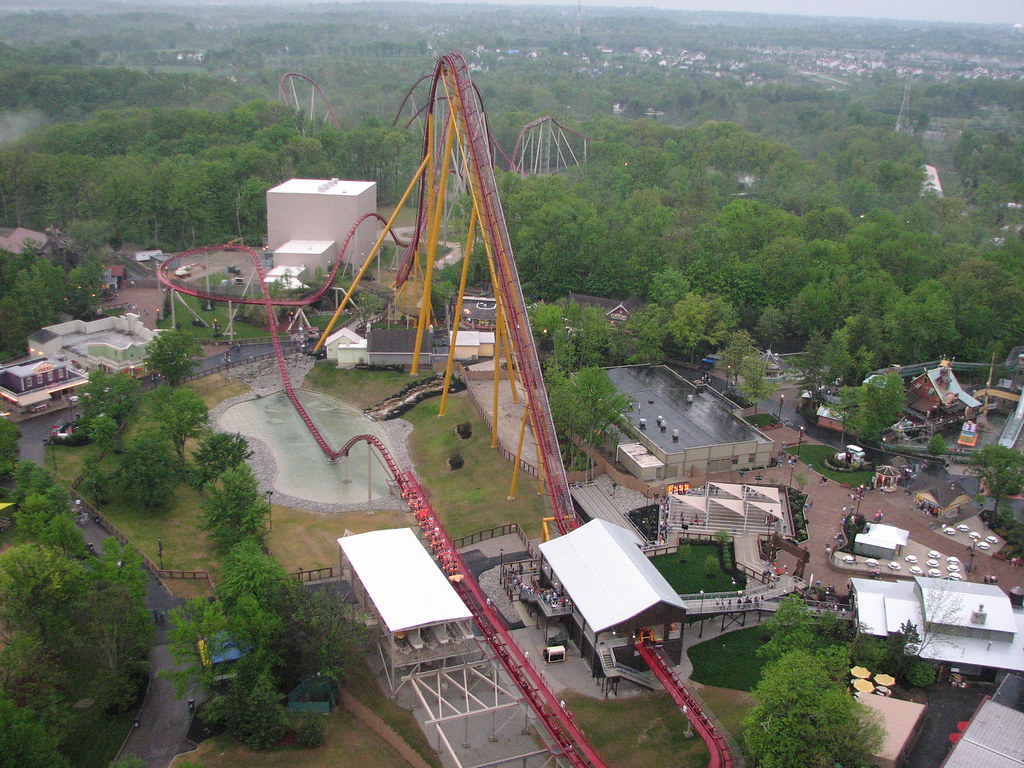Lofty
CF Legend
Hey everyone,
Sorry if this has already been asked in the past, did a quick search and found nothing...
I'm just wondering why 90% of GCI's coasters have extremely long [strike]break[/strike] brake runs? They hit the [strike]breaks[/strike] brakes, usually head through a transfer shed, (I understand why they do this) and then hit another [strike]breaks[/strike] brakes before the station? Is this due to running at higher capacity in terms of number of trains or is there actually no known reasonings?
Btw, I'm asking for an actual answer rather than "I think it's because of...".
[edit - The spell check part of my brain was going on overdrive - Hyde244]
Sorry if this has already been asked in the past, did a quick search and found nothing...
I'm just wondering why 90% of GCI's coasters have extremely long [strike]break[/strike] brake runs? They hit the [strike]breaks[/strike] brakes, usually head through a transfer shed, (I understand why they do this) and then hit another [strike]breaks[/strike] brakes before the station? Is this due to running at higher capacity in terms of number of trains or is there actually no known reasonings?
Btw, I'm asking for an actual answer rather than "I think it's because of...".
[edit - The spell check part of my brain was going on overdrive - Hyde244]



